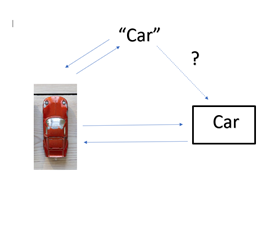Stimulus Equivalence
Stimulus equivalence can often be an area that is difficult to grasp, and even more difficult to put into practice in the applied setting. In part one of this CEU presentation will explore the history and early research into stimulus equivalence, including the early psychological studies that led to the first research conducted by Dr. Murray Sidman. The presentation will then explain how stimulus equivalence procedures can be used and uniquely tailored to bring about derived stimulus relations in the applied field. As Critchfield & Twyman (2014) put it: “knowledge is potentially infinite, but the time available for instruction is not.” Therefore, as applied behavior analysts, it’s imperative to understand how programming can lead to “free learning,” or emergent relations that don’t need to be directly taught. Join us for part two where we dive into a specific case study!




What's included?
-
Two 50 minute virtual presentation on stimulus equivalence
-
Survey
-
Certificate


